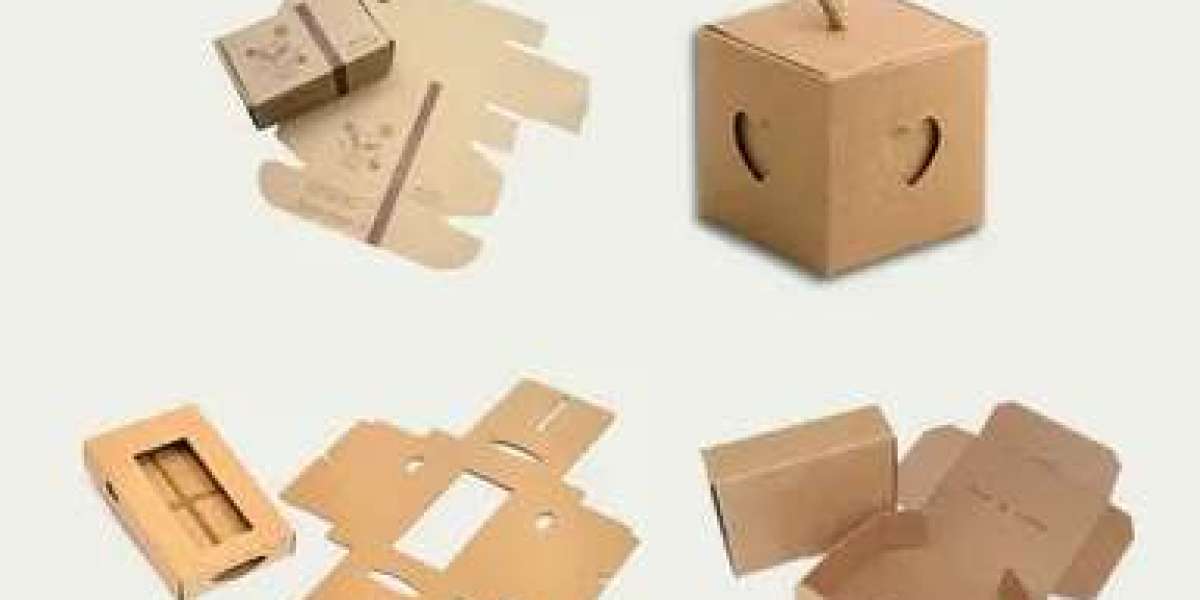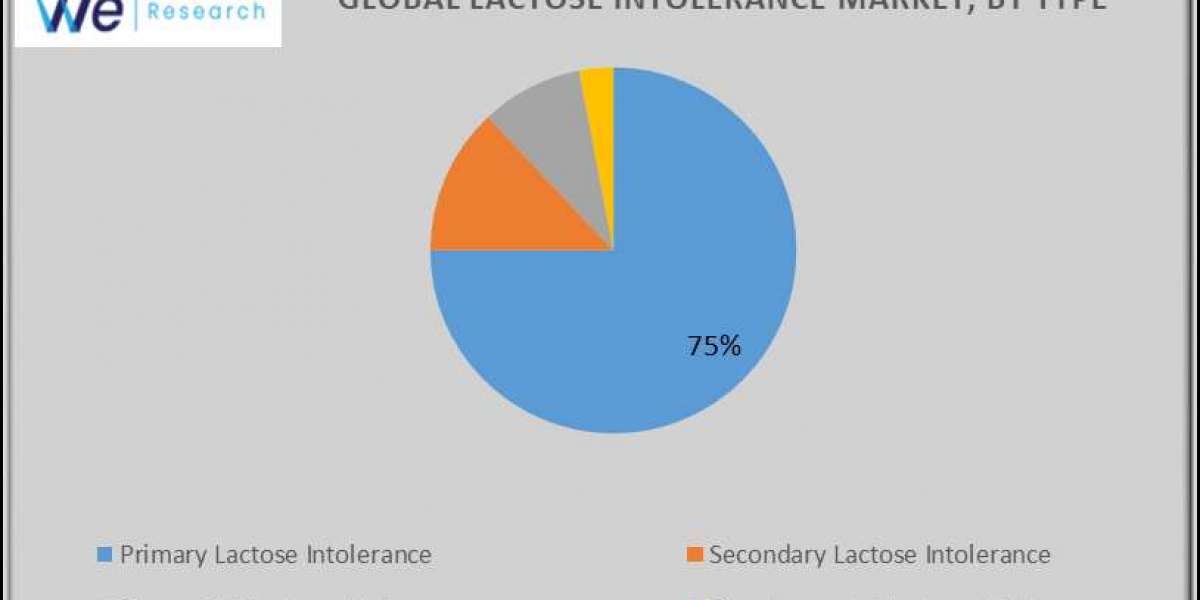In the world of packaging, die-cut boxes stand out as a versatile and visually appealing option. These boxes, created through a precise cutting process, offer a unique way to present products while ensuring functionality and style. This article explores the advantages of die-cut packaging boxes, their various applications, and tips for designing them effectively.
What Are Die-Cut Packaging Boxes?
Die-cut packaging boxes are crafted using a die-cutting process, which involves cutting materials into specific shapes using a die. This method allows for intricate designs and custom shapes that are not possible with traditional box-cutting techniques. Die-cutting is highly favored in the packaging industry due to its ability to produce high-quality, tailored boxes that meet specific product needs.
Advantages of Die-Cut Packaging Boxes
Customizability: One of the main advantages of die-cut boxes is their high level of customizability. Brands can create boxes in virtually any shape or size, making it possible to design packaging that perfectly fits the product and aligns with the brand’s aesthetic. This level of customization helps products stand out on the shelves and can enhance brand recognition.
Enhanced Visual Appeal: Die-cut boxes can feature intricate designs, including unique shapes, windows, and cutouts. These design elements not only attract attention but also provide a glimpse of the product inside, which can entice customers to make a purchase. The ability to create visually striking packaging can significantly boost a product’s marketability.
Improved Functionality: Beyond aesthetics, die-cut boxes are designed for functionality. They can be engineered to provide added protection for delicate items, be easier to assemble, and include features like handles or locks. This practical approach ensures that products are well-protected during transit and remain secure until they reach the consumer.
Eco-Friendly Options: Die-cut packaging can also be an environmentally friendly choice. Many companies now use sustainable materials and eco-friendly practices in the die-cutting process. This includes using recyclable materials and reducing waste during production, making it easier for businesses to align with green initiatives.
Applications of Die-Cut Packaging Boxes
Retail Packaging: Die-cut boxes are popular in retail environments where presentation is key. Custom shapes and designs can enhance the unboxing experience and create a memorable impression. This is especially important for high-end products, gifts, or promotional items.
Food and Beverage Industry: In the food industry, die-cut boxes are used for packaging everything from gourmet chocolates to specialty beverages. The ability to create windows or cutouts can showcase the product and improve its appeal to consumers.
Cosmetics and Personal Care: Die-cut packaging is widely used in the cosmetics and personal care sectors. Customized boxes can include compartments for different items, secure closures, and decorative elements that reflect the brand’s identity and enhance the product's perceived value.
E-commerce: For e-commerce businesses, die-cut boxes offer practical solutions for packaging products securely and efficiently. Custom sizes and designs help in optimizing shipping costs and protecting items during transit.
Designing Effective Die-Cut Packaging Boxes
Understand Your Product: The first step in designing die-cut packaging is to thoroughly understand the product being packaged. Consider its dimensions, fragility, and any specific requirements for protection or presentation.
Focus on Branding: Incorporate brand elements into the design, such as logos, colors, and typography. Consistent branding helps reinforce brand identity and can make your packaging instantly recognizable.
Optimize for Functionality: Ensure that the design is not only attractive but also functional. Think about how the box will be used and handled, and make sure it meets all practical requirements.
Choose the Right Materials: Select materials that are both durable and suited to the product. Consider factors like weight, strength, and environmental impact when making your choice.
Work with Professionals: Collaborate with experienced packaging designers and manufacturers to achieve the best results. Their expertise can help you navigate the complexities of die-cut packaging and ensure high-quality outcomes.
Conclusion
Die-cut packaging boxes offer a blend of creativity and practicality that can enhance product presentation and functionality. By leveraging the advantages of custom shapes and designs, businesses can create packaging that stands out and effectively supports their branding efforts. With thoughtful design and careful consideration of materials and functionality, die-cut boxes can elevate any product and create a memorable experience for consumers.








